The importance of learning through play and physical activity
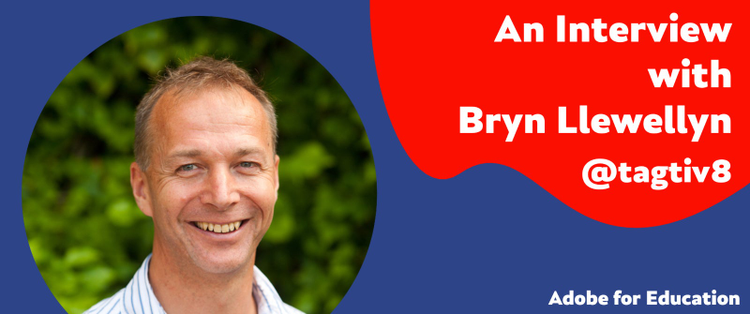
We’re at a unique moment in history, one when we can look at education from a different vantage point with school closures forcing us to re-evaluate what education means and where it is going.
I set about interviewing some of education’s most interesting people in researching my book, Literacy Beyond The Classroom, in order to get deeper insights on how we might rethink education.
Bryn LLewellyn is an experienced teacher, senior leader, and the founder of U.K.-based Tagtiv8, which focuses on education through physical activity. This approach to learning not only provides an enjoyable alternative to classroom-based learning, but promotes physical activity – crucial when we all face the increasing problem of sedentary lifestyles.
I recently spoke with Bryn about the importance of physical activity for optimal learning.
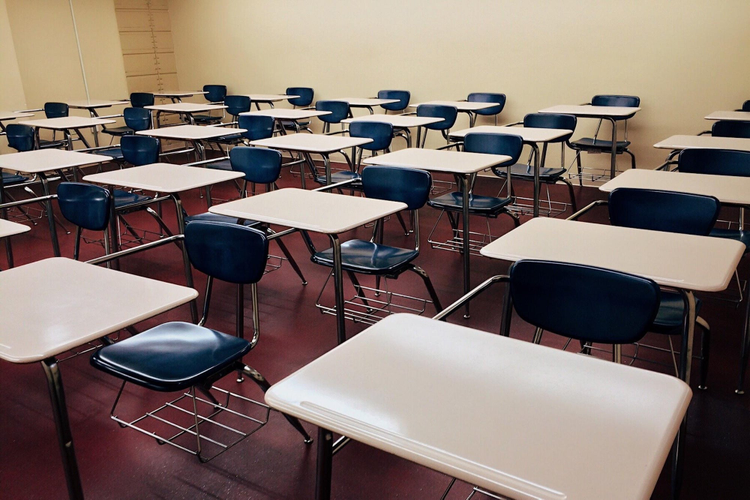
What’s the current problem that you’re trying to address?
Ask your children to draw what learning looks like. What will feature? That’s right - a teacher at the front of the class with children sitting down - in rows or at tables - either reading or writing or doing mathematics. Look closer, and many of the images will feature clocks. Why is this? Is it because teachers are always challenging their students with pace - “Come on, you’ve got 5 minutes to finish the task.” Or is it because the children are looking at the clock, thinking, “How long till play time?”
Many Western cultures are in the middle of crises - whether related to inactivity, obesity, and/or mental health. There are more children classified as obese or overweight than ever before.
As teachers and leaders, we need to look at ways we can increase and embed creative opportunities for learning. More schools are looking towards Physically Active Learning (PAL) as a potential solution to health and education issues. PAL approaches help develop unique and innovative ways to combine English and mathematics - and other curricular areas - with physical activity. PAL helps teachers unlock the potential of the PE hall and outdoor environment for learning core subjects. That said, PAL can also take place in the classroom by using purposeful movement that encourages communication and collaboration.
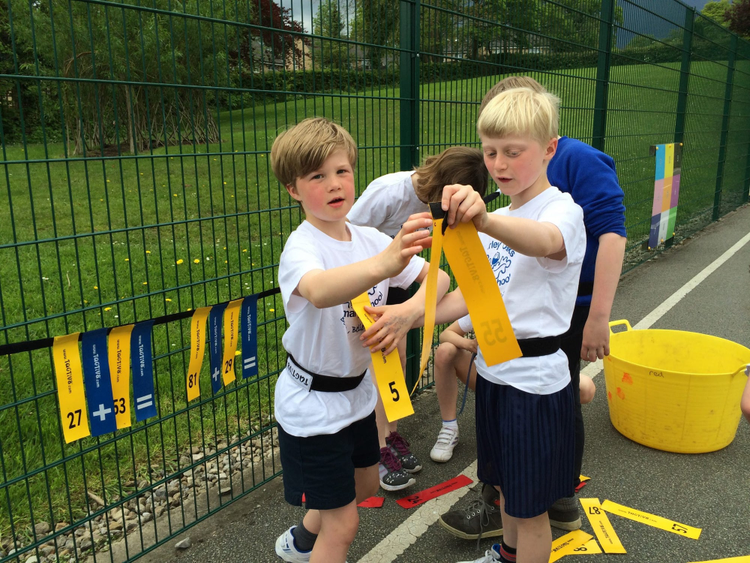
How can PAL improve performance in the classroom?
Studies show that children who are physically fit are better at absorbing and retaining new information. Research by Dr Andy Daly-Smith at Leeds Beckett University into Tagtiv8 demonstrated impact on levels of physical activity and academic performance.
According to Daly-Smith: “The results showed that pupils who took part in a Tagtiv8 lesson achieved over nine minutes more Moderate to Vigorous Physical Activity (MVPA) compared to the traditional classroom lesson and spent 15 minutes less in sedentary time. This contributes towards the 30/30 minutes target for MVPA set out in ‘Childhood Obesity - a Plan of Action,’ the government’s plan for action to significantly reduce childhood obesity by supporting healthier choices.”
More recently, research by Professor Eef Hogervorst, Professor of Biological Psychology in the School of Sport, Exercise and Health Sciences at Loughborough University, found:
- 77% of participating schools noted an improvement in brain function and learning in pupils after exercise.
- Exercise improved mood of all children in the study, notably boys.
- Brain speed improved by up to 19% after exercise.
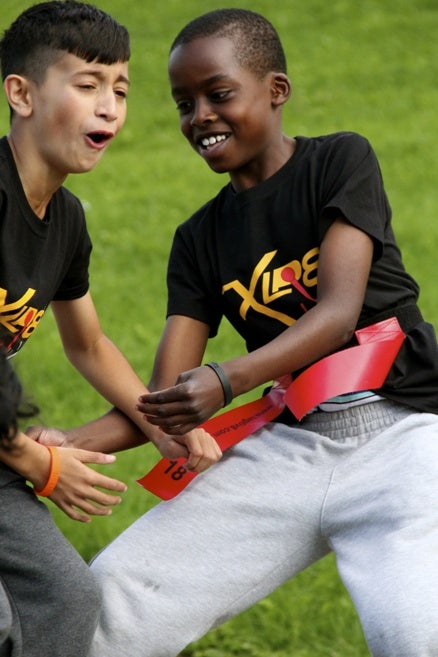
What are teachers saying about it in the classroom?
The research builds on the observations and anecdotes from teachers with whom I co-deliver PAL sessions. I have lost count of the times teachers say, “I didn’t know he could do that! He’s never written it in his maths book or put his hand up in class.” Yes, there’s neuroscience involved, but something special happens when you take the learning outside and/or make it active.
PAL approaches engage even the most reluctant of learners, as typified by Kian, a Year 4 student from Keighley: “That game was awesome. It takes a lot to get me to do maths.” According to Bella, a Year 5 student from Wakefield: “With Active Learning you don’t get a chance to get bored … you don’t zone out.”
What’s the simplest way that teachers can get started with this approach to active learning?
Pioneering school leaders such as Ian Holmes from Thorner Primary School in Leeds believe that PAL approaches should not be seen as a gimmick or an add-on. Gone are the days of “Brain Breaks.” In his podcast interview with The PE Umbrella, he recognises that “physical activity should be at the heart of the curriculum.” Children at his school are recognising the rationale and impact of being physically active. It’s not a case of running around, getting sweaty, and increasing your heart beat. As Jade Morris from Leeds Beckett University says, “It could be as simple as standing up at the end of a page or a chapter and moving to another part of the classroom to read the next one.”
Put simply, Physically Active Learning works as well as plays!
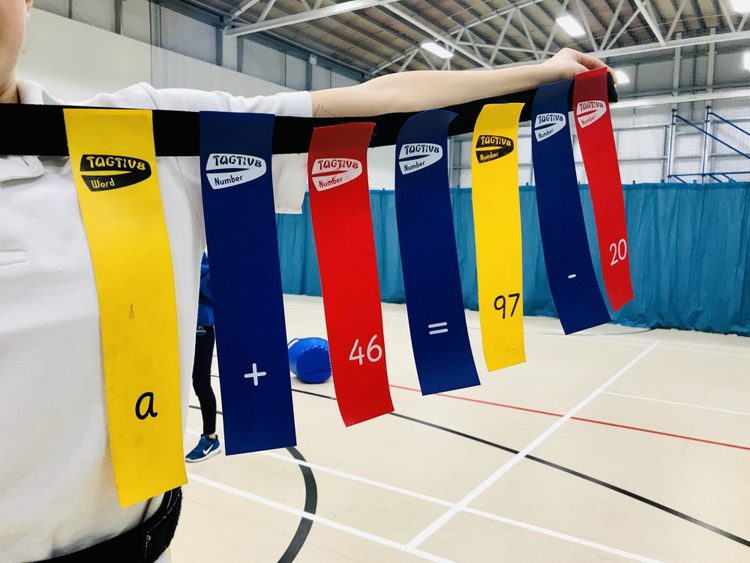
A great tool for unlocking the power of physical movement to boost engagement and learning is Adobe Spark. Using this tool, kids can complete a lesson like Playful Poetry.
In the lesson, students explore different styles of poetry and write their own poems to produce a collaborative, filmed final poem. It uses the theme of play to focus on different styles of poetry and performance, including poems from Robert Louis Stevenson and Michael Rosen. Designed to inspire and excite pupils, this project will develop both children’s free verse and rhyming poetry writing skills.
Learn more about the Adobe Spark project here.